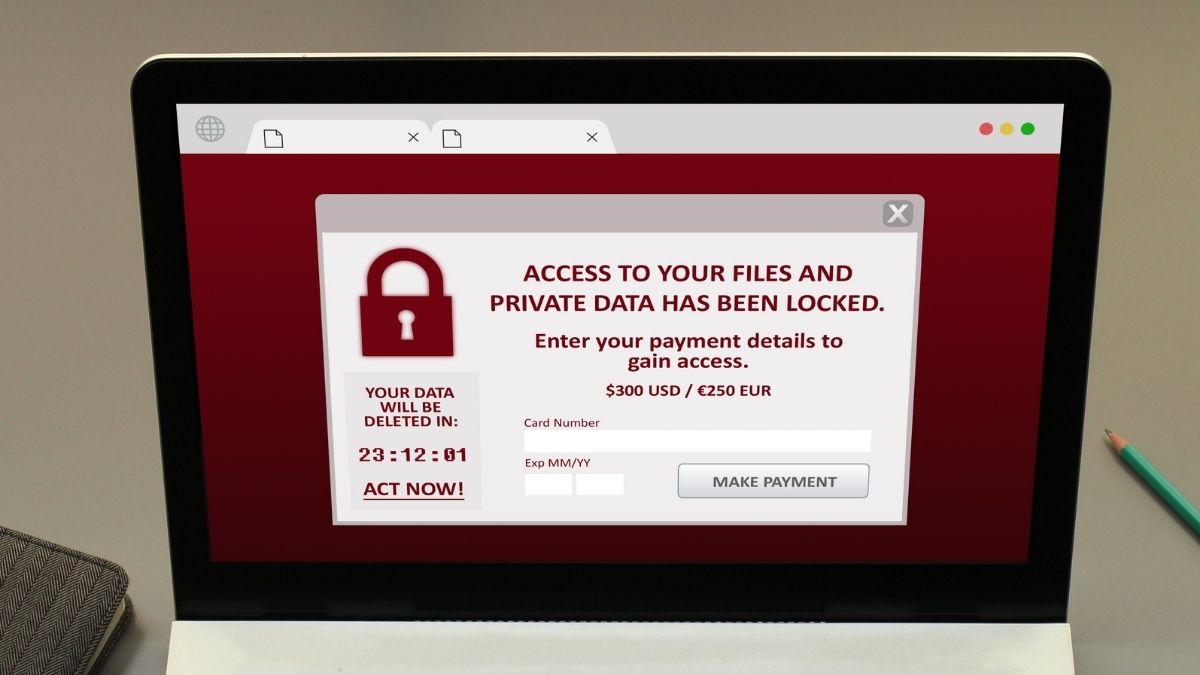Ransomware is one the most serious threats that modern businesses face. A successful ransomware attack can leave your business unable to operate. It may also result in your customers’ data being leaked online. This can damage both the reputation and bottom line of your company.
Unfortunately, a lot of smaller companies do not survive the fallout from a ransomware attack. Many will go out of businesses in the following weeks or months.
Luckily, there are steps that you can take to better protect yourself against ransomware. There are also methods for recovering your encrypted data. Recovering your data allow you to continuing operating even if your current files are encrypted.
How Does Ransomware Spread?
There are two main ways that ransomware makes its way onto your machine. In cybersecurity we call these ‘attack vectors’.
- Malicious Links
Malicious links may be sent via email, or through messaging apps, or over social media. Many attackers will use phishing emails, which appear genuine but are designed to trick you into downloading ransomware.
- Malicious Attachments
Email is a common attack vector for ransomware. Opening email attachments which contain ransomware can spread it to your machine, and some ransomware will use your email to send copies of itself to other users.
How To Protect Yourself Against Ransomware Infection
Below are actions that we suggest taking to keep your business safe from ransomware. These reflect genuine techniques and technologies that Carden IT Service’s managed IT professionals use to keep our clients safe.
Be Aware Of Phishing Emails
Most ransomware is delivered by email. This is why learning to avoid phishing emails is one of the most important strategies to defend yourself. Keep an eye out for phishing emails, don’t click on adverts, and stay vigilant for anything suspicious. Poor spelling and language which pressures you to into clicking links are good signs the email may be a scam.
Ensure All Your Software and Operating Systems Are Up To Date
Some of the largest ransomware attacks have been due to businesses not keeping their software and operating systems up to date. For example, the 2017 WannaCry attack mainly infected machines which were still using Windows XP. Windows XP was no longer receiving the latest security updates so had no protection from newer types of malware. You should make sure that all the software you use, and your operating system, are kept up to date. Install the latest updates and security patches as soon as they are available. If you have machines which are running operating systems like Windows 7, they are no longer protected. You should replace them immediately.
Use Application Whitelisting
Blacklisting prevents the installation or operation of a specific piece of software. In contrast, application whitelisting allows a select few applications while blocking everything else. After specifying the programmes you regularly use as valid apps, you can prevent the installation of any other software. This helps to prevent your team members from inadvertently installing ransomware.
Train Your Team
Despite the threat of ransomware, most people are still unaware of what it is or how to prevent it. Making sure that your whole team feels engaged in your cybersecurity gives you a much better chance of preventing an attack. You could start by sharing this article around your team. At Carden IT Services, we can supply bespoke cyber-defence training to your team. Our training will be based on the most pressing threats to your business. Organisations who engage their whole team, not just their IT department, in cybersecurity are more secure.
Do Not Plug In Unknown USB Drives
Ransomware can also be spread via hardware like USB drives. You should never plug in unknown USB sticks or portable hard drives to your machine. Some ransomware protection software can scan USB devices for ransomware before the drive is mounted.
Install Ransomware Protection
There are several pieces of ransomware protection available. They help to identify and block ransomware based on their regularly updated lists of known malicious software. Ransomware protection software can also detect previously unknown ransomware based on familiar attack patterns and behaviours.
Have A Backup Of Your Data
If your data is backed up regularly, then you can restore it after a ransomware attack. This doesn’t eliminate the risk of your compromised data being leaked, but it does allow you to continue trading.
Ransomware can spread throughout a company quickly. Therefore, it is important to keep your data backups separate from your business’s main network. Otherwise, the data backups themselves may also become compromised in the attack. Backing up your data to the cloud in a good solution for this.
Many cloud backup solutions now include file versioning features which allow you to roll back your files to a previous state. This is particularly useful in the event of a ransomware attack. You can restore your data to the state it was in before it was encrypted.
Need Help Protecting Your Business From Ransomware?
We hope this has been a useful overview of some of the ways you can prevent ransomware infections. It is never possible to be 100% secure, but the methods mentioned here should help reduce the risk of ransomware. If you would like professional help protecting your business from ransomware and other online threats, speak to our cyber-defence team today.

